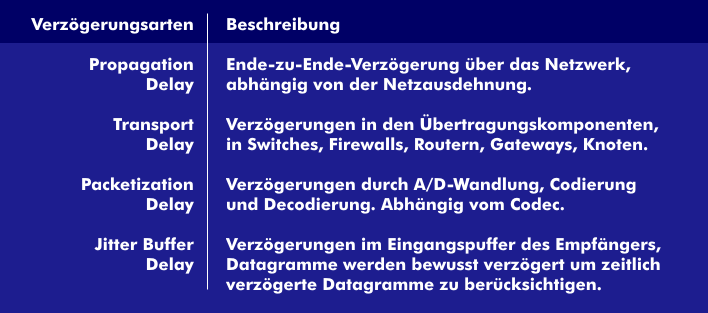propagation delay
Propagation delay is the time it takes for a signal to travel from one point of a transmission channel to another. Depending on the transmission medium, propagation delay is equal to the speed of light, as in satellite transmission, or occurs at a slightly lower speed in data cables and optical fibers.
The transit time is independent of the speed of light and of the dielectric constant or permittivity of the transmission medium or, in the case of optical fibers, of the refraction. It is about 5 ns/m in copper cables and 3.3 ns/m in optical fibers.
In contrast to propagation delay, nominal velocity of propagation( NVP) is the delayed propagation time in physical media compared to the speed of light.
The term propagation time is used synonymously with latency is also used in networks instead of delay time. In this context, propagation delay characterizes the end-to-end delay over a network and has a direct impact on voice quality or that of other real-time transmissions. ITU-T RecommendationG.114 specifies the propagation delay for voice communications.

